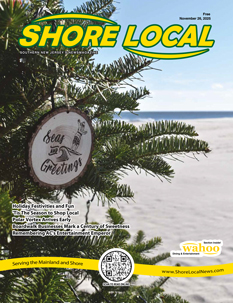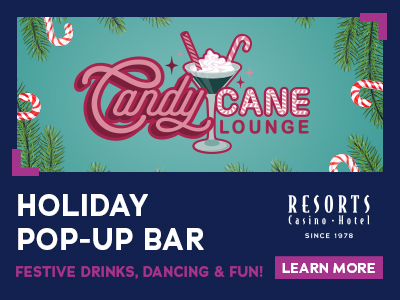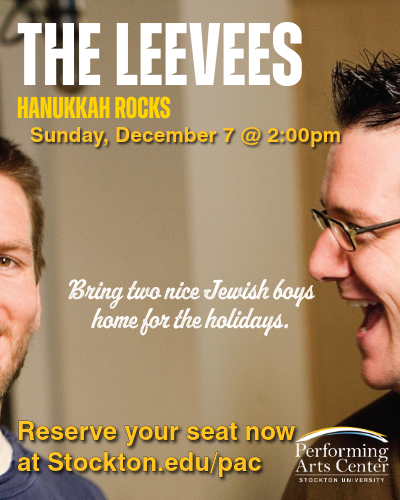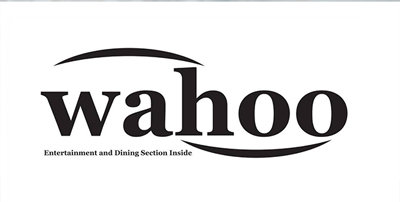By Bruce Klauber
The history of Atlantic City’s iconic amusement piers has been detailed in these pages several times before. But after the stories of Steeplechase Pier, Million Dollar Pier, Central Pier, Garden Pier and Steel Pier had been written and published, it became evident that there were several omissions. The reason for the omissions is that these iconic structures, one incredibly popular, have not been a part of the Atlantic City landscape for about 80 years.
Little is known about Atlantic City’s West Jersey Pier, which opened in 1880 and was destroyed the same year. There is no record of any major fire or hurricane in the Atlantic City area in 1880, so the reason for West Jersey Pier’s destruction remains unknown.
Howard’s Pier, on Kentucky Avenue and the Boardwalk, opened in 1882 and is said to be the first amusement pier to be built over the ocean. For an admission price of 10 cents, visitors could enjoy vaudeville acts such as Lillie Langtry and Harry Houdini. There was other high-class entertainment as well. An ad in the 1885 “Atlantic City Guide” read, “In the beautiful pavilion on Howard’s Pier, at the end of Kentucky Avenue, a first-class opera company has been engaged who will devote their talent to light opera performances under the management of Colonel Howard.” Howard, we must assume, was the pier’s owner. A few months after its opening, a storm caused the pier’s collapse, but it was rebuilt immediately. The result was a 750-foot-long structure that was in operation until 1890, when it was demolished for an expansion of the Boardwalk.
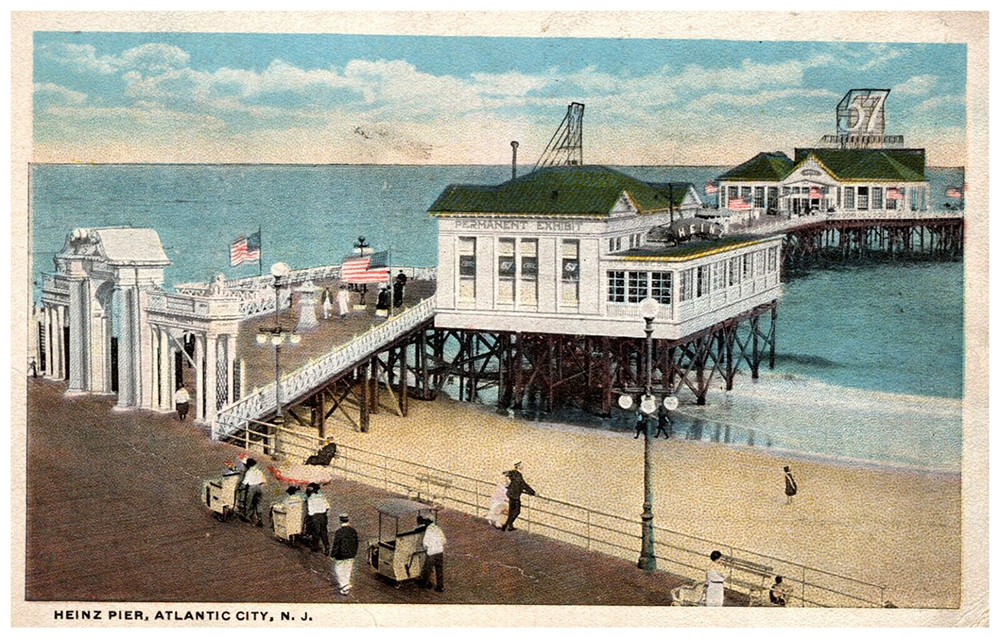
In 1884, Howard’s was joined along the Boardwalk by the 625-foot-long Applegate’s Pier. Applegate’s became one of the leading amusement destinations in the city when Captain John Young and his partner, banker Stewart McShea, took it over in 1891. That year, they expanded the pier’s length to 2,000 feet, renamed it Young’s Ocean Pier, and installed rides, midway games, and even an electric trolley. At its height, Young’s also had an aquarium, ballrooms and booked regular band concerts and vaudeville shows.
In 1902, Young installed what is said to be Atlantic City’s first amusement ride. It was an early version of a roller coaster called “The Flip-Flap Railroad.” In 1912 a fire destroyed the pier. But it was never-say-die for Captain John Young. In 1907, Young built the famed Million Dollar Pier.
The H.J. Heinz Company was founded in 1869 by Henry J. Heinz. After several false starts as purveyors of foods like horseradish, pickles and ketchup, the operation finally began to take off around 1888. Heinz bought out his partners after surviving a bankruptcy and in 1896, came up with the phrase “57 Varieties,” which is still used today.
The company was innovative in several ways, including promotion. In 1888, commercial radio as we know it would not happen for another 30 years and television was just a dream. Though magazines and newspapers flourished and were heavily used to promote various Heinz products, the company was looking for something more; a way to take the Heinz 57 Varieties message directly to the people.
On a visit to Atlantic City, Heinz took a close look at the amusement piers that were in operation and came up with the idea of leasing one of them for the sole purpose of promoting the Heinz brand. Heinz worked quickly and in 1888, leased the Iron Pier, which actually opened for the first time two years prior.
The 900-foot pier, located at Massachusetts Avenue and the Boardwalk, was renamed Heinz Ocean Pier, sometimes called “The Crystal Palace by the Sea.” What made the Heinz pier unique for the time was the lack of amusement rides. Instead, for no admission charge, visitors could view exhibits of Victorian-era paintings, bronzes, tapestries, mirrors, vases and curiosity pieces that had been originally on view at the World’s Columbian Exposition (Chicago World’s Fair) in 1893. It also featured a large painting of the Heinz factory, portraits of the salesmen and fancy product displays. Open year round, the pier had a sun parlor to keep visitors warm during the winter.
Guests could also write to their friends on free souvenir postcards, sample Heinz products, hear presentations on the Heinz business, and in its later years, watch cooking demonstrations in the Heinz kitchen. Given that this was Heinz Pier, the company’s food products were also displayed.
This might sound less than exciting today, but in its 46 years of existence, it’s been said that more than 50 million people visited the pier, and all walked away with a Heinz pickle pin as a souvenir.
In September of 1944, Atlantic City, Ocean City, Cape May, Long Beach Island and other shore points were hit hard by one of the most powerful hurricanes of the century. The Great Atlantic Hurricane took out large sections of the Boardwalk, part of the Steel Pier was destroyed, hotel lobbies were flooded, apartments at the Inlet were leveled and there was no power for days. The Margate Boardwalk was destroyed and was never rebuilt.
Like the Steel Pier, Heinz Pier sustained major damage. The Steel Pier was rebuilt, but the Heinz Pier, said to be one of the company’s most expensive and ambitious projects, never was. By 1944, commercial radio was thriving and television would be coming soon. The Heinz operation must have realized that advertising was an easier and more efficient way to promote their products than operating a pier in Atlantic City.

